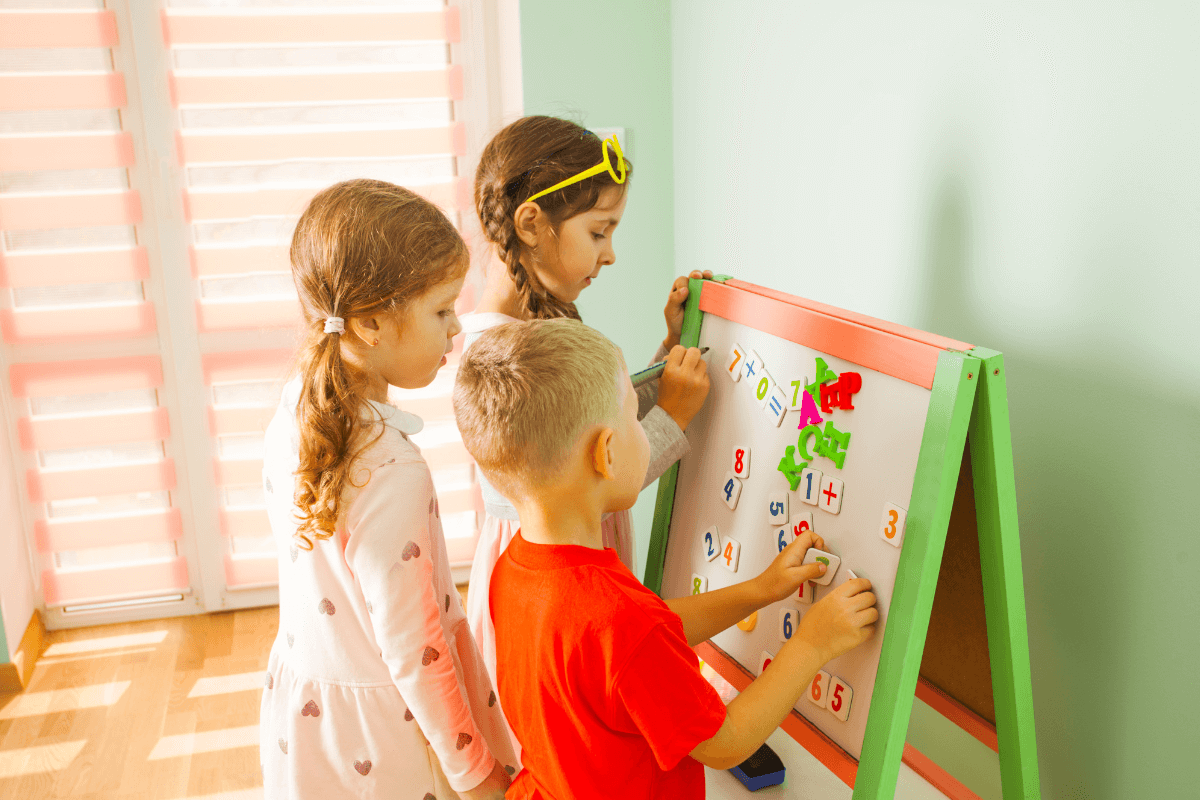As a parent, you want your child to have a bright future, and that starts with a good education. So, you do everything you can to help make sure they have the best chance for success. But what if you could do more? What if you could be directly involved in their education? Believe it […]







